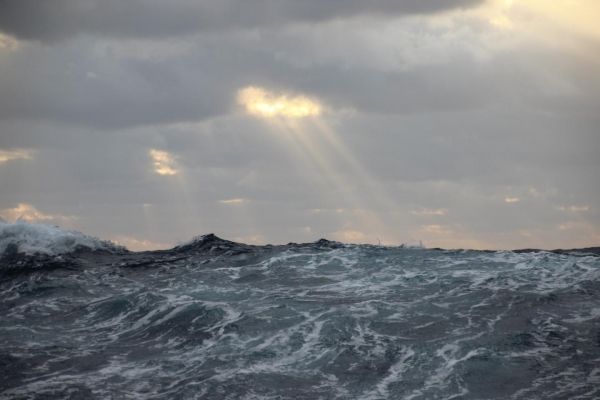A study that included the first-ever winter sampling of phytoplankton in the North Atlantic revealed cells smaller than what scientists expected, meaning a key weapon in the fight against excess carbon dioxide in the atmosphere may not be as powerful as had been thought.
Thus, commonly used carbon sequestration models might be too optimistic.
The Oregon State University research into the microscopic algae, part of NASA’s North Atlantic Aerosols and Marine Ecosystems Study, was published this week in the International Society for Microbial Ecology Journal.
The findings are significant because the spring phytoplankton bloom in the North Atlantic “is probably the largest biological carbon sequestration mechanism on the planet each year, and the size of cells determines how fast that carbon sinks,” said the study’s corresponding author, OSU College of Science microbiology researcher Steve Giovannoni.
Read more at Oregon State University
Image: Photographed during NASA's North Atlantic Aerosols and Marine Ecosystems Study. (Credit: Photo courtesy Luis Bolaños, OSU.)


